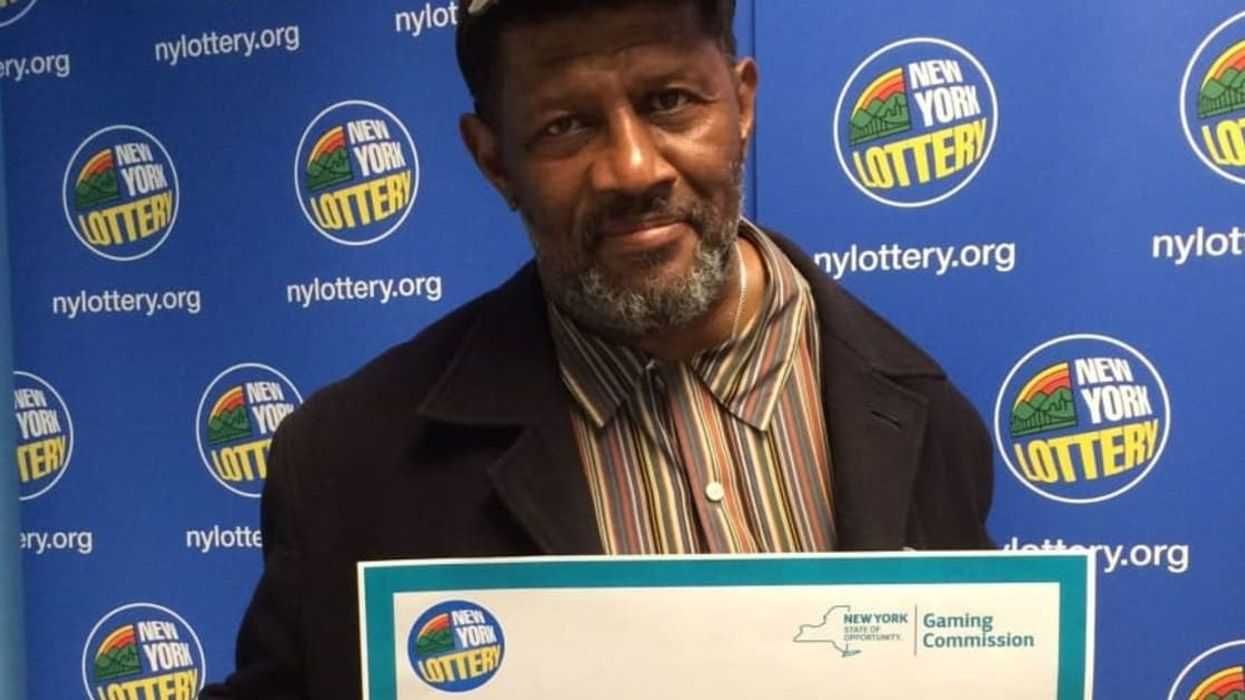In our series, The GOOD Guide to Hustlin', we go beyond the pitying articles about youth in recession and discover ways our generation is coping. The last few years may have been a rude awakening, but we're surviving. Here's how.
There’s a good chance you'll have to take a low-paying job before you launch your dream career—especially nowadays, as hourly wages shrink and entry-level salaries stagnate. If you don’t have a bachelor's or want to pursue a creative profession, those odds are even higher, but it’s not like college grads have it made. More and more educated young people are taking minimum-wage positions and staying at them much longer than they planned.
But not all of those jobs are created equal, and hourly pay shouldn’t be the only thing you consider when you resign yourself to a less-than-desirable job. Here are a few ideas of how to squeeze as much as you can out of a low-wage gig.
When you apply for that server position, ask about the shift meal. Catching free meals at a restaurant gig can make a huge difference, especially if you’re only making $350 a week. If you’ve never worked in food service before, you may assume the servers and bussers get at least one meal free during their shift. You’d be wrong. It completely depends on how much of a cheapskate the owner is, and whether or not the place is mom-and-pop-owned.
As a general rule, the more corporate the place, the more stingy the food policy. I’ve experienced this firsthand. Part of the reason I quit my job at China Grill (a gaudy national chain) was because they refused to feed us. The place had huge portions that no customer ever finished and seldom took home. We had to watch as heaps of food were thrown in the trash while our stomachs growled loudly.
Even independent restaurants can be fickle, though, so choose wisely. While some may give you 10 minutes before the shift to scarf a “family meal” (usually a hastily made trough of leftovers and rice), others will be far more generous. Emily, 28, has been a server for 10 years, so she knows to take these factors into account when choosing a job. The tips she makes at the tapas joint she works at are just okay, but she gets a free meal off the menu at the beginning of the shift and, since she’s made friends with the kitchen guys, a hefty snack at the end of the night.
“When I work Friday nights, I get liquored up for free before going to another bar,” she adds. “That’s huge. Some managers are complete tight-asses about it.” Emily also gets a 50 percent discount when she brings a friend to the restaurant. Not only does all of this save her money on food, but it also allows her to go out on the town more than she would otherwise be able to afford.
Remember that health insurance is priceless. The service industry has its perks, but health insurance is not one of them. This is a huge reason to get an otherwise thankless job at a big company. Some of these places even offer full benefits to part-time employees (and their spouses), which can seriously come in handy at unexpected times. Elisa, 30, had been working at Starbucks for three years while going to school for graphic design when she was suddenly hit with a swollen eye and a piercing pain. Her right eye went blurry and then went black. Panicked, she went to the doctor for an MRI and was diagnosed with multiple sclerosis. The news was an enormous shock, but the blow was softened a little when she found out her insurance covered a hefty chunk of her medical costs.
Years later, Elisa still works at Starbucks part-time and hasn't gotten her design business off the ground. Her doctor still tells her how lucky she is to be able to afford her monthly medicine. “There’s no way I can ever leave this job with the security I have,” she tells me. Elisa says there are downsides to working a corporate job, and some days she feels very "stuck." But since she only has to be there 20 hours a week, she plans to start a graphic design business on the side. It won’t be so bad, she predicts, especially since she’s worked her way up to $15 an hour.
“It won’t be ideal to only have half the week to work on my real business,” she says. “But as a freelancer, I couldn’t buy my own individual insurance.” It’s not just that a health plan would cost a pretty penny—she’d almost certainly get turned down because of her pre-existing condition.
Of course, you don’t have to have a chronic disease for these benefits to come in handy; just having seriously discounted benefits is a gift in itself. Starbucks isn’t the only business that does this, either. Trader Joe’s, Target, and Home Depot, to name a few, offer part-time employees nice packages that include not only insurance, but 401k and stock options, too. Many government jobs offer similar perks. “I worked in the [University of California’s] main system offices in Oakland,” one GOOD reader wrote me. “I got full benefits for the whole family [from] a 20-hour job. Now I’m kicking my uninsurable self for leaving that gig.”
Tailor your low-wage job to your creative endeavor. There’s a reason why aspiring filmmakers work in movie theaters and student teachers moonlight as babysitters. Sometimes work paying a barely livable wage is worth the discounts and tangible skills you learn on the job. My friend Sadye worked for $10 an hour at a metal and beads supply store called Metalliferous, initially so she could get discounted goods for her fledgling jewelry business. But then she realized there was a lot more to learn.
“I seriously got a degree in metalsmithing from that place,” she says. “I didn’t know anything except wire-wrapping before I worked there. I would have never been able to produce entire collections for stores or sell the way I did if I hadn’t gotten those skills.”
Illustration by Andres Guzman
















 Otis knew before they did.
Otis knew before they did.